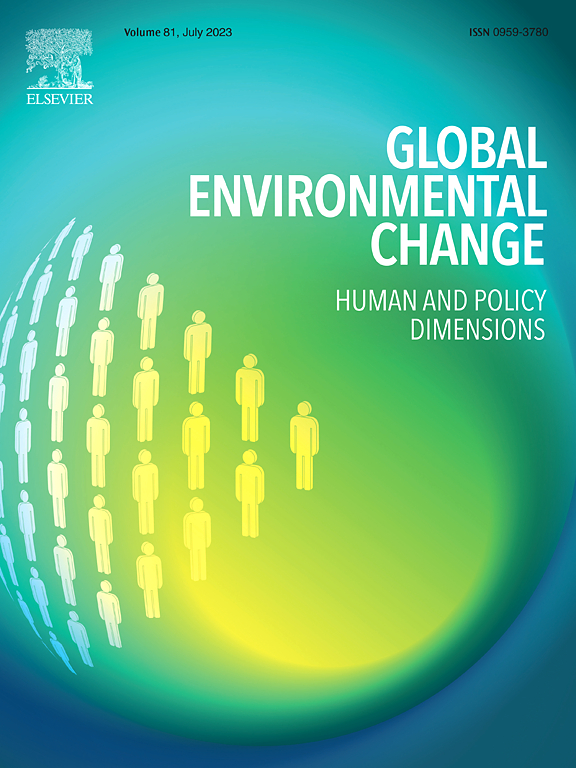Air pollution in Gaza during the post-october 7 era: a satellite and machine learning assessment
IF 9.1
1区 环境科学与生态学
Q1 ENVIRONMENTAL SCIENCES
引用次数: 0
Abstract
Armed conflicts pose severe environmental challenges, particularly in densely populated and infrastructure-limited regions. The Gaza Strip exemplifies such a context, where the intersection of warfare, urban density, and environmental vulnerability demands urgent scientific inquiry. This study aims to assess the environmental impact of the 2023–2024 war on air quality in the Gaza Strip by examining temporal and spatial changes in key atmospheric pollutants. We use daily observations of five pollutants, nitrogen dioxide (NO2), sulfur dioxide (SO2), carbon monoxide (CO), methane (CH4), and the ultraviolet aerosol index (UVAI), obtained from the Sentinel-5P TROPOspheric monitoring instrument (TROPOMI) satellite and combine these with meteorological data (temperature, humidity, wind speed, and precipitation) to explore their behavior before and during the conflict. Our methodology integrates time-series analysis with statistical and machine learning models, including SARIMAX, Holt-Winters, Random Forest, and XGBoost, to forecast pollutant concentrations based on pre-war conditions and identify deviations post-October 2023. The findings reveal distinct responses to pollutants during the war. UVAI and CO showed sharp and sustained increases linked to widespread combustion and infrastructure damage, while CH4 concentrations exhibited a steady rise associated with the collapse of waste management. SO2 displayed episodic spikes, likely tied to fuel depot destruction and generator use, whereas NO2 trends showed temporary suppression due to mobility restrictions and reduced industrial activity. Our findings demonstrate that traditional forecasting models may require adaptation to conflict-specific conditions, given altered emission sources and rapid pollutant dispersal in a small geographic area like Gaza. Policy implications include the urgent need for conflict-sensitive environmental monitoring systems, the integration of satellite data into humanitarian planning, and the development of adaptive forecasting models that incorporate war-related variables, such as infrastructure damage and displacement patterns.
10月7日之后加沙的空气污染:卫星和机器学习评估
武装冲突构成了严重的环境挑战,特别是在人口稠密和基础设施有限的地区。加沙地带就是这样一个例子,在那里,战争、城市密度和环境脆弱性的交叉需要紧急的科学调查。本研究旨在通过研究主要大气污染物的时空变化,评估2023-2024年战争对加沙地带空气质量的环境影响。我们使用从Sentinel-5P对流层监测仪器(TROPOMI)卫星获得的五种污染物,二氧化氮(NO2)、二氧化硫(SO2)、一氧化碳(CO)、甲烷(CH4)和紫外线气溶胶指数(UVAI)的日常观测数据,并将这些数据与气象数据(温度、湿度、风速和降水)相结合,探索它们在冲突前和冲突期间的行为。我们的方法将时间序列分析与统计和机器学习模型(包括SARIMAX、Holt-Winters、Random Forest和XGBoost)相结合,以预测战前条件下的污染物浓度,并确定2023年10月之后的偏差。研究结果揭示了战争期间人们对污染物的不同反应。UVAI和CO表现出与广泛燃烧和基础设施破坏有关的急剧和持续增长,而CH4浓度则表现出与废物管理崩溃有关的稳步上升。SO2表现出间歇性的峰值,可能与燃料库的破坏和发电机的使用有关,而NO2趋势由于流动性限制和工业活动减少而表现出暂时的抑制。我们的研究结果表明,传统的预测模型可能需要适应冲突特定的条件,因为排放源发生了变化,污染物在加沙这样的小地理区域迅速扩散。政策影响包括迫切需要对冲突敏感的环境监测系统,将卫星数据纳入人道主义规划,以及开发适应预报模型,其中包括与战争有关的变量,如基础设施破坏和流离失所模式。
本文章由计算机程序翻译,如有差异,请以英文原文为准。
求助全文
约1分钟内获得全文
求助全文
来源期刊

Global Environmental Change
环境科学-环境科学
CiteScore
18.20
自引率
2.20%
发文量
146
审稿时长
12 months
期刊介绍:
Global Environmental Change is a prestigious international journal that publishes articles of high quality, both theoretically and empirically rigorous. The journal aims to contribute to the understanding of global environmental change from the perspectives of human and policy dimensions. Specifically, it considers global environmental change as the result of processes occurring at the local level, but with wide-ranging impacts on various spatial, temporal, and socio-political scales.
In terms of content, the journal seeks articles with a strong social science component. This includes research that examines the societal drivers and consequences of environmental change, as well as social and policy processes that aim to address these challenges. While the journal covers a broad range of topics, including biodiversity and ecosystem services, climate, coasts, food systems, land use and land cover, oceans, urban areas, and water resources, it also welcomes contributions that investigate the drivers, consequences, and management of other areas affected by environmental change.
Overall, Global Environmental Change encourages research that deepens our understanding of the complex interactions between human activities and the environment, with the goal of informing policy and decision-making.
 求助内容:
求助内容: 应助结果提醒方式:
应助结果提醒方式:


